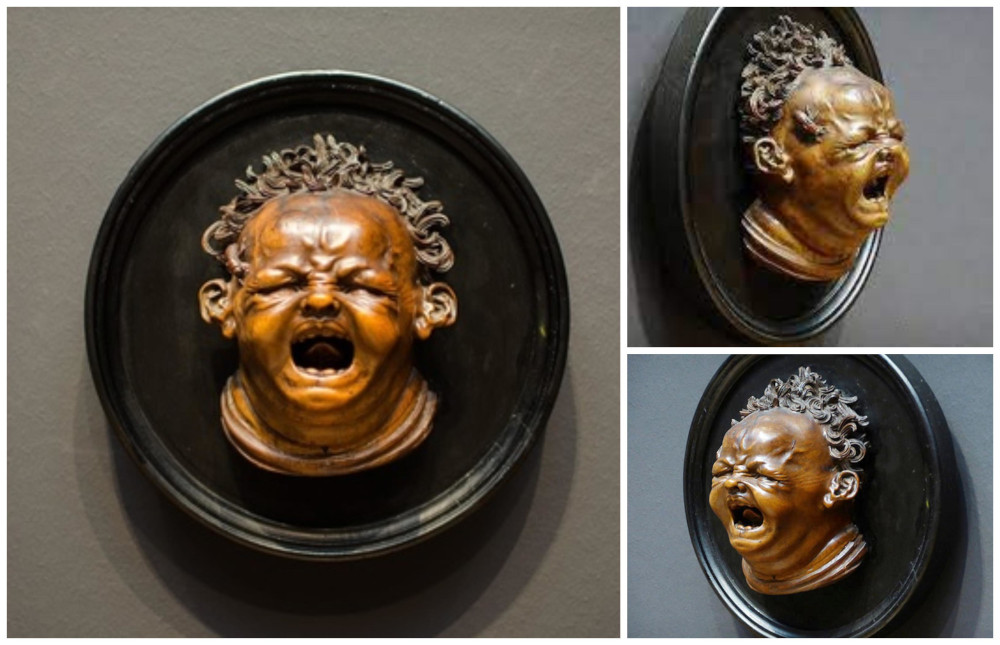In the 1967 Star Trek episode “The Trouble With Tribbles,” a small furry alien species is introduced on board the Enterprise and after three days grows to 1,771,561 individuals. In 2019 University of Leicester physics undergraduate Rosie Hodnett and her colleagues wondered how long it would take for the creatures to fill the whole starship. Using Mr. Spock’s estimate that each tribble produces 10 offspring every 12 hours and assuming that each tribble occupies 3.23 × 10-3 m3 and that the volume of the Enterprise is 5.94 × 106 m3, they found that the ship would reach its limit of 18.4 × 109 tribbles in 4.5 days.
A separate inquiry found that after 5.16 days the accumulated tribbles would be generating enough thermal energy to power the warp drive for 1 second.
(Rosie Hodnett et al., “Tribbling Times,” Journal of Physics Special Topics, Nov. 18, 2019.)






